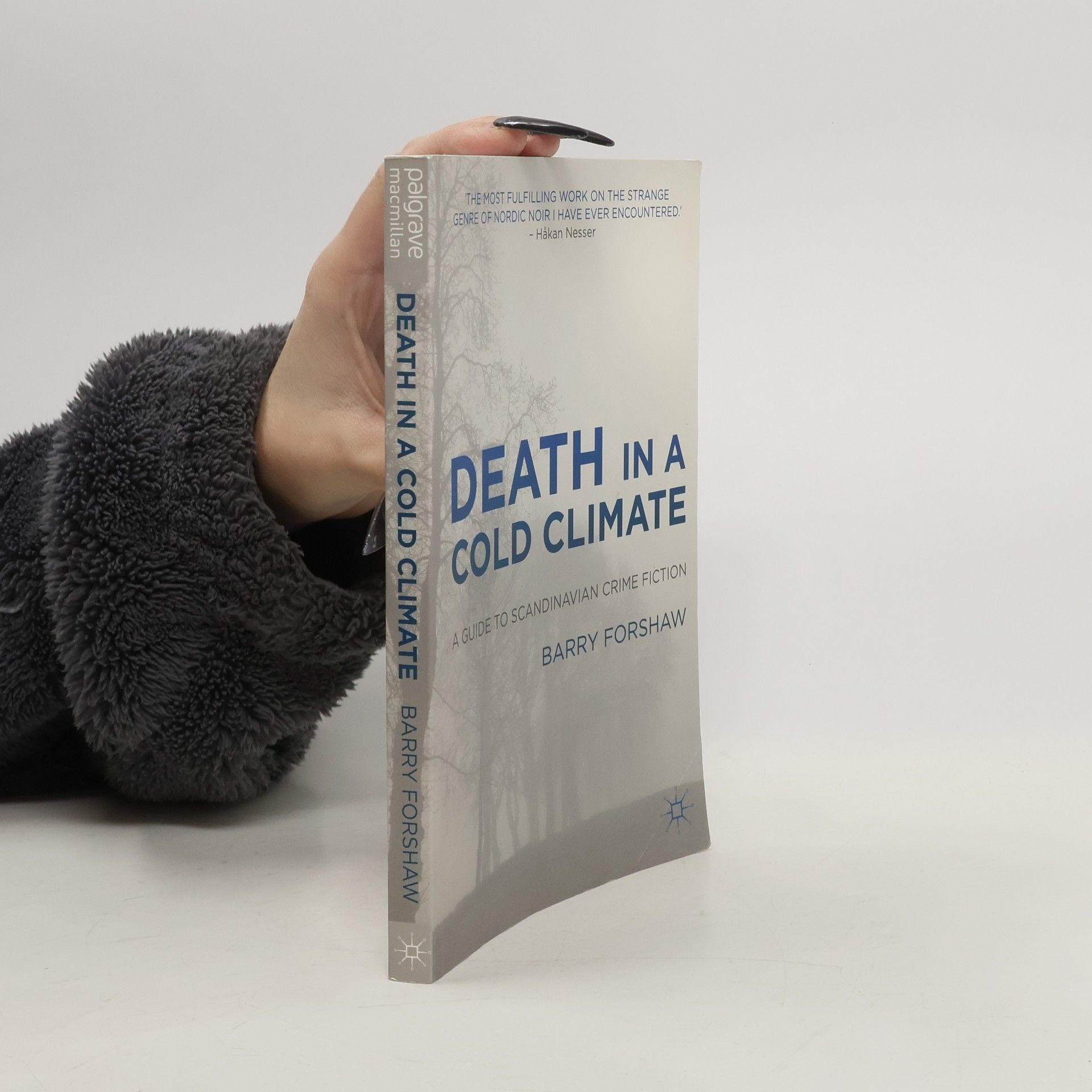Georges Simenon was the most successful writer of crime fiction in a language other than English in the modern age, and his detective Maigret is rivalled only by Sherlock Holmes; Andre Gide called Simenon 'the greatest French novelist of our times'. Barry Forshaw examines the man's extraordinary life and work on both page and screen....
Barry Forshaw Livres
Barry Forshaw est un critique et journaliste renommé dont le travail explore les domaines de la fiction policière, du cinéma britannique et de la culture populaire. Son écriture se caractérise par une analyse perspicace, explorant les contextes historiques et les développements thématiques au sein de ces genres. Forshaw offre aux lecteurs une perspective convaincante sur l'évolution des tendances littéraires et cinématographiques. Ses contributions apportent une compréhension approfondie des liens complexes entre différentes formes d'art.


Death in a Cold Climate
A Guide to Scandinavian Crime Fiction
Barry Forshaw, the UK's principal crime fiction expert, presents a celebration and analysis ofthe Scandinavian crime genre; from Sjöwall and Wahlöö's Martin Beck series, through Henning Mankell's Wallander, to Stieg Larsson's demolition of the Swedish Social Democratic ideal in the publishing phenomenon The Girl with the Dragon Tattoo.